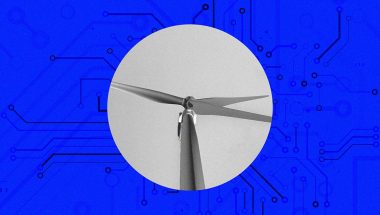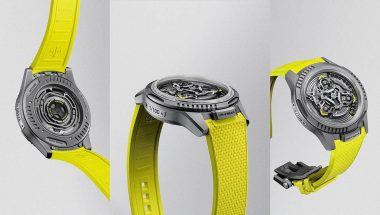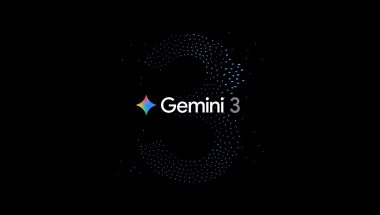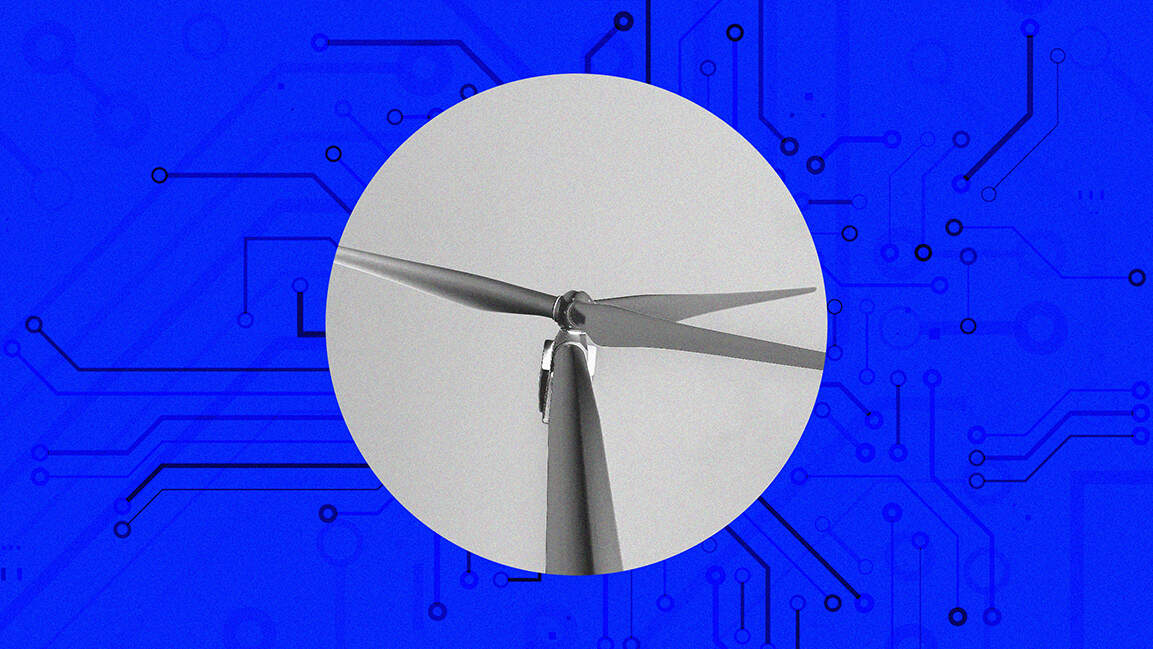- | 8:00 am
I tried a mindfulness browser to make work less stressful. Maybe you should too
Open Air from the Norwegian company Opera is billed as the first-ever ‘mindful browser.’ It’s intended to combat the chaotic nature of the web.

A new browser from the Norwegian company Opera just launched today, and it wants you to stop stressing out so much.
The free browser, called Opera Air, is billed as the first-ever “mindful browser.” While existing mindfulness apps like Calm and Headspace can help you take a break to reduce feelings of stress, Opera Air proposes a product that integrates mindfulness directly into working online. The browser comes with a sleek, minimal UI and built-in mindfulness tools—like breathing exercises and binaural beats—so users can code, type, or browse the web and get a brain boost simultaneously.
Nikita Walia is a brand strategist at U.N.N.A.M.E.D, the creative partners behind Opera Air. According to Walia, who led the strategy behind the new browser’s launch campaign, the team landed on the key insight that most people don’t actually want to disconnect from technology—instead, they want “room to think clearly” in a busy digital world.
“We noticed that there was a pretty binary relationship to technology as it’s presented by people’s opinions online,” Walia says. “Either you want to throw your phone in the ocean and disappear, or you’re super, super addicted to technology. We thought Opera could present a third way, where technology can be really supportive to your overall goals and your wellbeing.”
For the sizable portion of the workforce that relies on computers for their livelihoods, chucking your Macbook into the sea isn’t exactly the solution to a better workday experience. As a remote journalist myself, ditching technology isn’t a sustainable solution, and even tried-and-true mindfulness practices like meditation can feel difficult to incorporate into a busy schedule. So, I gave Opera Air a try to see if it’s worth abandoning Google Chrome once and for all.

A browser for minimalists
The first thing you’ll notice when you open Opera Air is that there aren’t many bells and whistles—and that’s by design. According to Tomasz Stawarz, Opera Air’s senior director of product, Opera Air is a purposefully pared-down version of Opera’s other browser options, a choice that’s intended to combat the “chaotic” and “overwhelming” nature of the web.
The browser’s default settings include one simple Google search bar, an uplifting quote at the bottom of the screen, and a sidebar with five preloaded icons, including Opera’s AI, Aria, and the browser’s two mindfulness tools. This sidebar can be updated to include any combination of apps, but Stawarz suggests that users get a feel for their most-used programs before updating it to keep the screen decluttered.
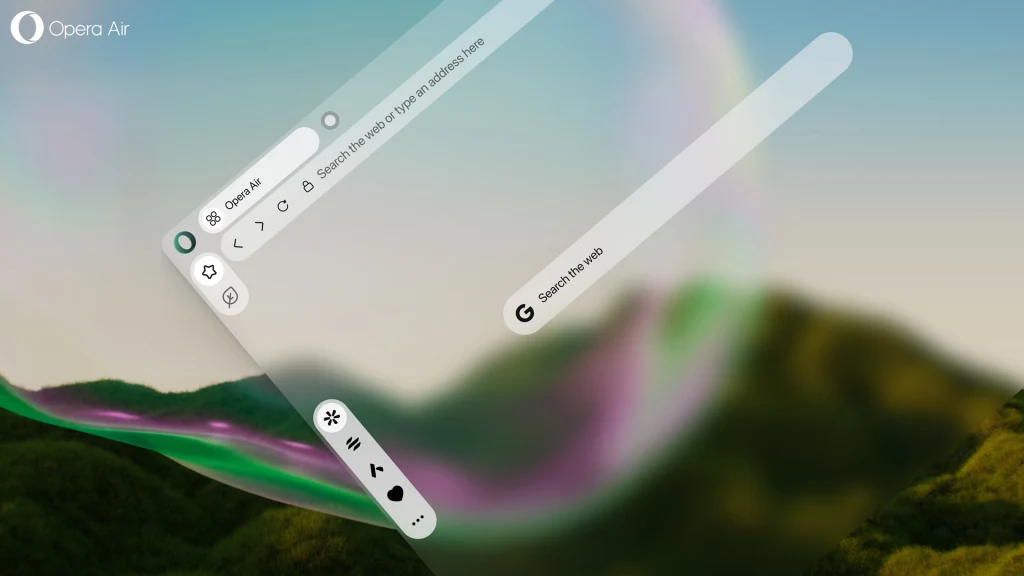
Users can choose from a set of custom-designed CGI wallpapers by U.N.N.A.M.E.D and the creative studio Future Romance as their backdrop (I chose a green mountainscape). Opera Air’s features and launch campaign both emphasize a visual bubble metaphor, which pulsates and bounces to mimic the tempo of relaxed breathing. And all of the browser’s UI elements, including search bars, tabs, and icons, are rendered in what Stawarz calls a “frosted glass” effect, which is essentially a minimal, semi-transparent look.
“We’ve kept distractions to a minimum by limiting the color palette and embracing clean, minimalistic design,” Stawarz says.
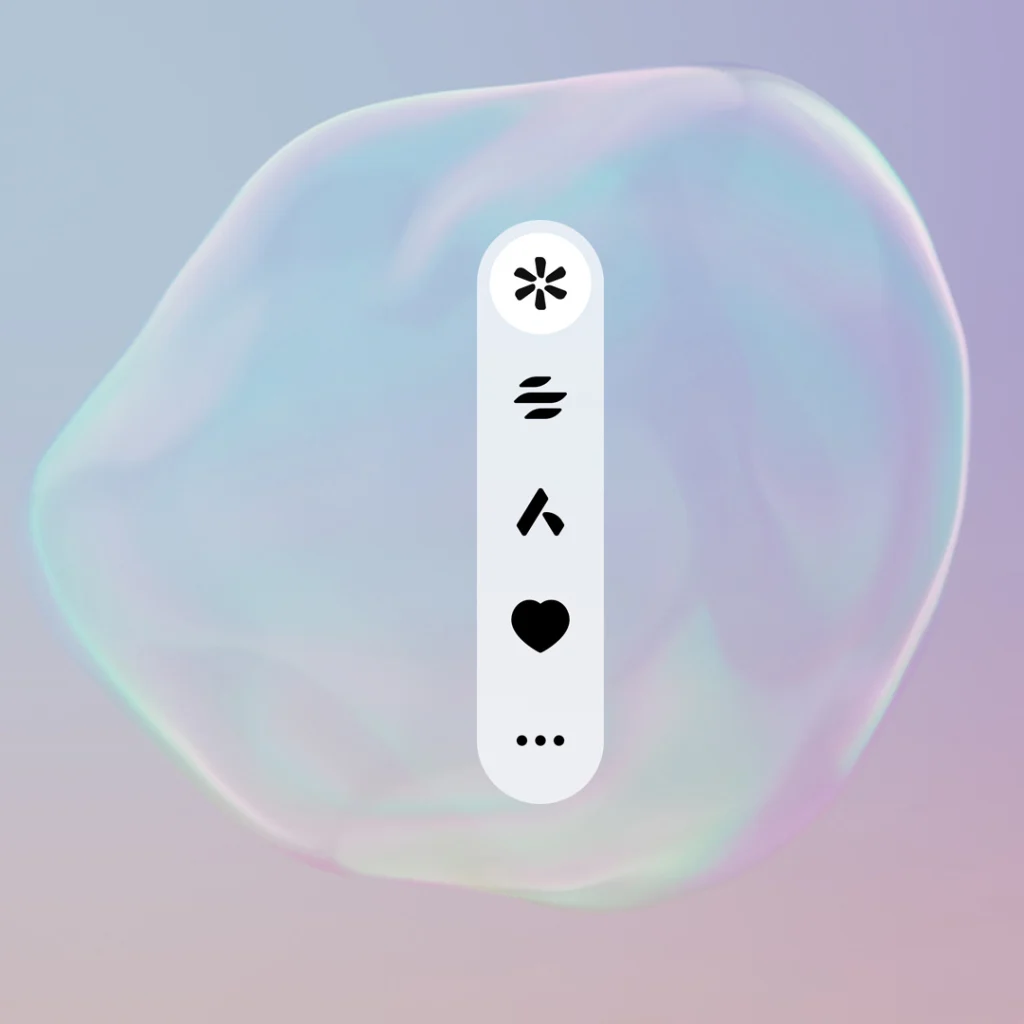
As a loyal Chrome user, I found Opera Air quite easy to navigate. My main qualm with the browser itself is that, once you’ve racked up enough tabs, it becomes difficult to select one without inadvertently clicking the “X” and exiting out of it—a minor annoyance that got pretty frustrating after about the tenth time it happened. Still, I appreciated the simplicity of the default settings and the browser’s streamlined aesthetics.
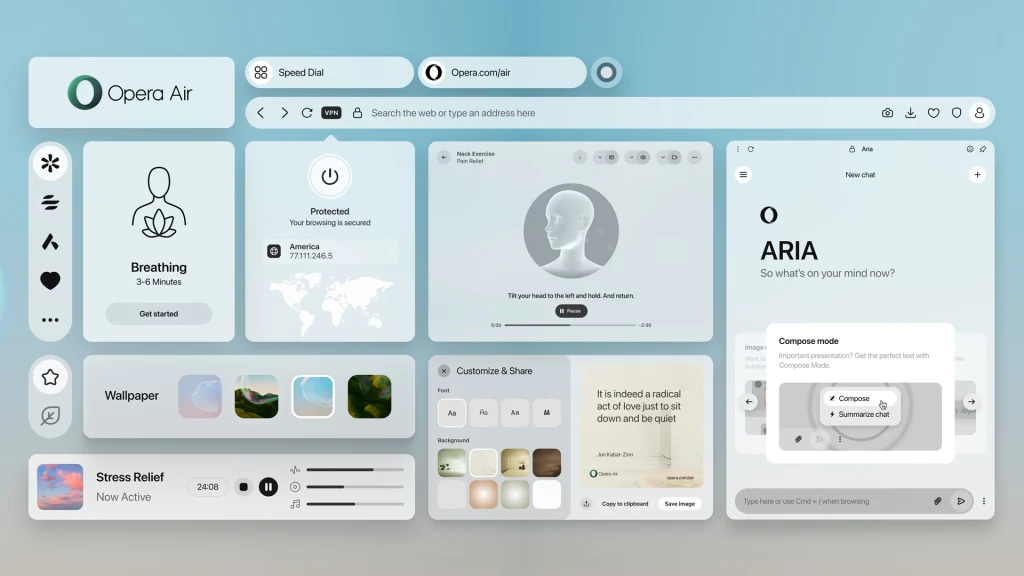
Putting Opera Air to the test
The true test of Opera Air is in its two mindfulness features, called “Boosts” and “Take a Break.” I decided to give these tools a trial by fire by testing them out for the first time during a workday with several quick turn-around deadlines.
The first feature, “Boosts,” uses something called binaural beats to help users achieve sensations ranging from “Energized Focus” to “Deep Relaxation.” Binaural beats are an auditory technique wherein two slightly different frequencies are played in each ear, causing the brain to generate its own perceived third frequency. According to a press release from Opera, “This is known to influence brainwave activity, helping to promote relaxation, focus, or a meditative state”—although, it should be noted that scientists are still debating exactly how effective binaural beats actually are, and under what conditions.
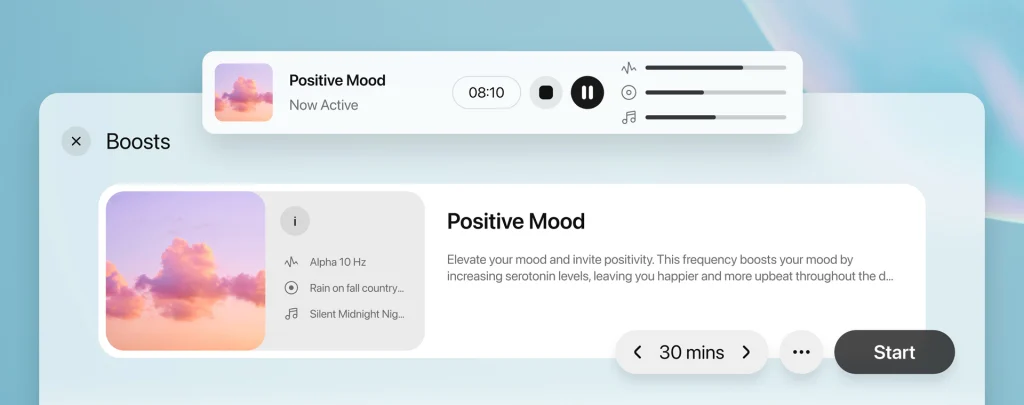
Currently, Opera Air comes with 19 Boosts, each of which is composed of three elements: background music, ambient noise (like bird sounds or waves), and binaural frequencies. The Boosts have been created by the Opera Air team with different effects in mind. “Focused Calm,” for example, includes a slower music track and comes with more prominent binaural beats. “Energized Focus,” on the other hand, features a more upbeat soundtrack and less noticeable beats.
Users can browse the Boosts’ descriptions to select one that’s right for their current task, and even customize them by adjusting the volumes of the three components of the beats. Both Boosts and “Take a Break” are easily accessible as icons in the browser’s sidebar, so it’s pretty simple to change your Boost or tweak its volume from whatever tab you’re working in.
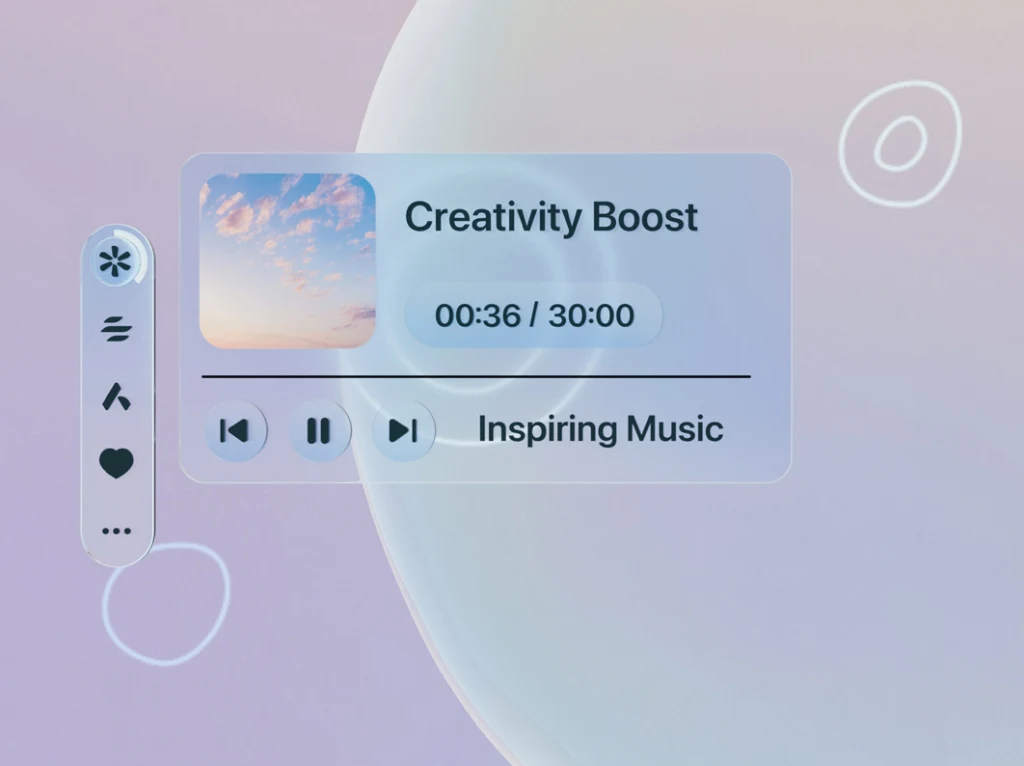
I frequently use binaural beats to get into a “flow state” while writing, so, predictably, I found myself better able to focus on my work while a Boost was playing. Still, I’m not entirely sold on the utility of this tool, considering that thousands of similar compositions are just a few clicks away on YouTube.
Opera Air’s second mindfulness feature, “Take a Break,” is a bit more involved. This tool takes users to a variety of exercises, including guided breathing sessions, meditation, neck exercises, and a full-body scan, all designed to encourage a moment of relaxation. Each of the four categories includes several different session options, ranging from a three-minute “destress” breathing session to a 15-minute full body scan.
During my workday trial, I was pleasantly surprised by a four-minute neck exercise, which gave me some much-need tension release after a few hours spent hunched over my laptop (though the program relies on tracking your facial movements, which I noticed could be somewhat finicky, especially for those with longer hair). Similarly, I observed a noticeable difference in my stress levels before and after a five-minute “box breathing” exercise. All of the sessions include voiceovers from a male or female narrator—you can toggle between “Alex” or “Emma”—which made it easy to close my eyes and really commit to slowing down for a moment.
Going into this test, I was concerned that I might be irritated by the browser’s reminders to use “Take a Break,” but I actually found myself wishing it would badger me more. Opera Air lets you decide whether you want to be reminded to do your activities, and you can determine the frequency of reminders, ranging from every 45 to 180 minutes. When your time is up, the “Take a Break” icon on the browser sidebar will begin subtly flashing.
Despite setting my reminder frequency to 45 minutes, I found that I often missed the flashing cue, and then ultimately decided to just skip the exercise and do it next time. Granted, there’s only so much a browser can do to convince us to actually practice self-care, but I hope the next iteration of Opera Air will include an option for more aggressive notification.
Do I think Opera Air is the answer to my work-induced stress? No. But could it help make staring at my screen for hours more manageable? Definitely.







